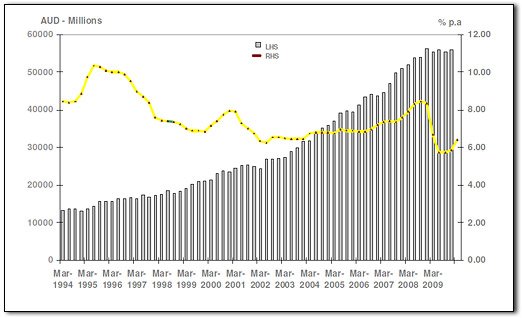Latin American Declaration of the Peoples’ Assembly and the Monsanto Tribunal
Author: Naturaleza de Derechos | Published: October 14th – 16th, 2016
Traducción por: Equipo Regeneration International
We denounce:
That our countries’ current extractive systems are destroying biocultural diversity, putting life on Earth at risk.
Considering:
That agrobusiness, as an expression of the extractive model, has changed the key focus of agriculture by replacing the production of food with commodities. Therefore, the direct consequences for our people are: the dispossession of our lands; the elimination of indigenous peoples and peasant communities; land concentration; the deforestation of native forests; the irreversible degradation of the environment and biodiversity.
That acts of biopiracy over our germ-plasm harm our economic, political, cultural and food sovereignty.
That the majority of the political system remains controlled by economic factors and the interests of huge transnational companies and is therefore unable to fulfill its mission of promoting the common good and protecting life.
We declare:
That we will defend ourselves against agribusiness interests and that we will protect our people and our land. Therefore:
- We demand each of our governments support the recognition of Ecocide as a fifth crime against peace and security of mankind before the International Criminal Court.
- We propose the application of a principle of parity by universalizing best practices in health and environment protection standards across regions or continents.
- We exhort the application of a non-regression principle, as our countries have been subject to legislative processes that have undermined the environmental protection norms fought for and established through grassroots movements.
- We demand the application of the Intergenerational Solidarity principle and Indubio Pro-natura: if in doubt, nature should take precedence.
- We maintain that education is a force for societal transformational at the service of the people and nature and not a tool of domination.
- We urge European consumers to stop buying meat, soy and other Latin American commodities whose production violates Human Rights.
- We reject Free Trade Agreements as suppressing the autonomy of the people.
- We defend heritage and native seeds as sources of biological and cultural diversity that inspire both individual and collective creation within communities and are the very essence of life. We claim the right to save, reproduce, multiply, trade, donate, share and freely sell seeds.
- We declare our promise to defend and promote peasant agriculture, especially agroecological practices.
- We reject categorizing genetically modified organisms (GMOs) and degenerative hybrids as seeds, as they do not comply with the function of generating and sustaining life.
- We express our solidarity with the Haitian people, victims of a climate catastrophe produced by the current economic model.
- We reject the illegitimate, patriarchal, racist and plundering government of
- We endorse the signing of a Colombian Peace Agreement between the government and the FARC as an opportunity for constructing stable, socially just and lasting peace. We support those that have survived the war.
- We reject the destabilizing policies that threaten the autonomy and sovereignty of Latin America.
We are heirs of Latin America’s history of liberation movements, we trust our ability to recover our sovereignty, and we fraternally embrace the emancipating struggles of peoples around the world.

